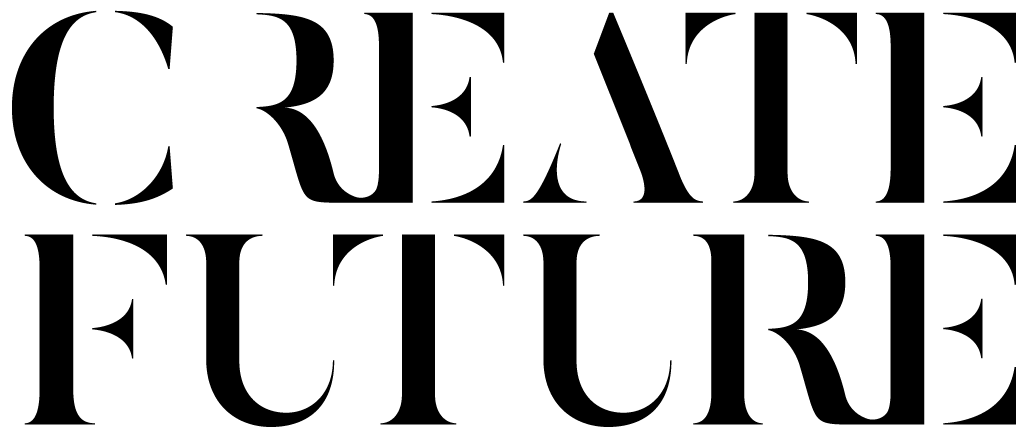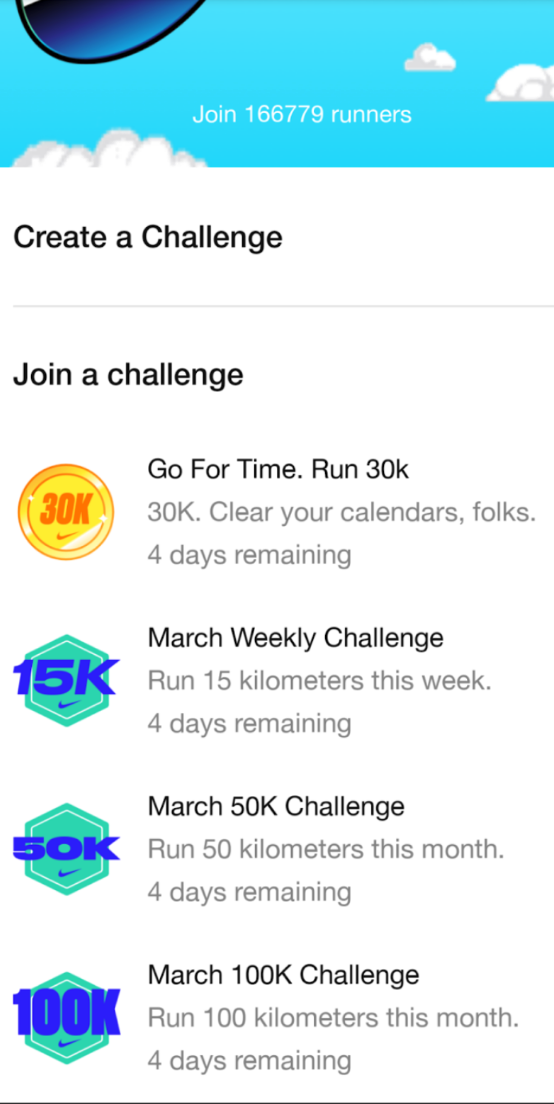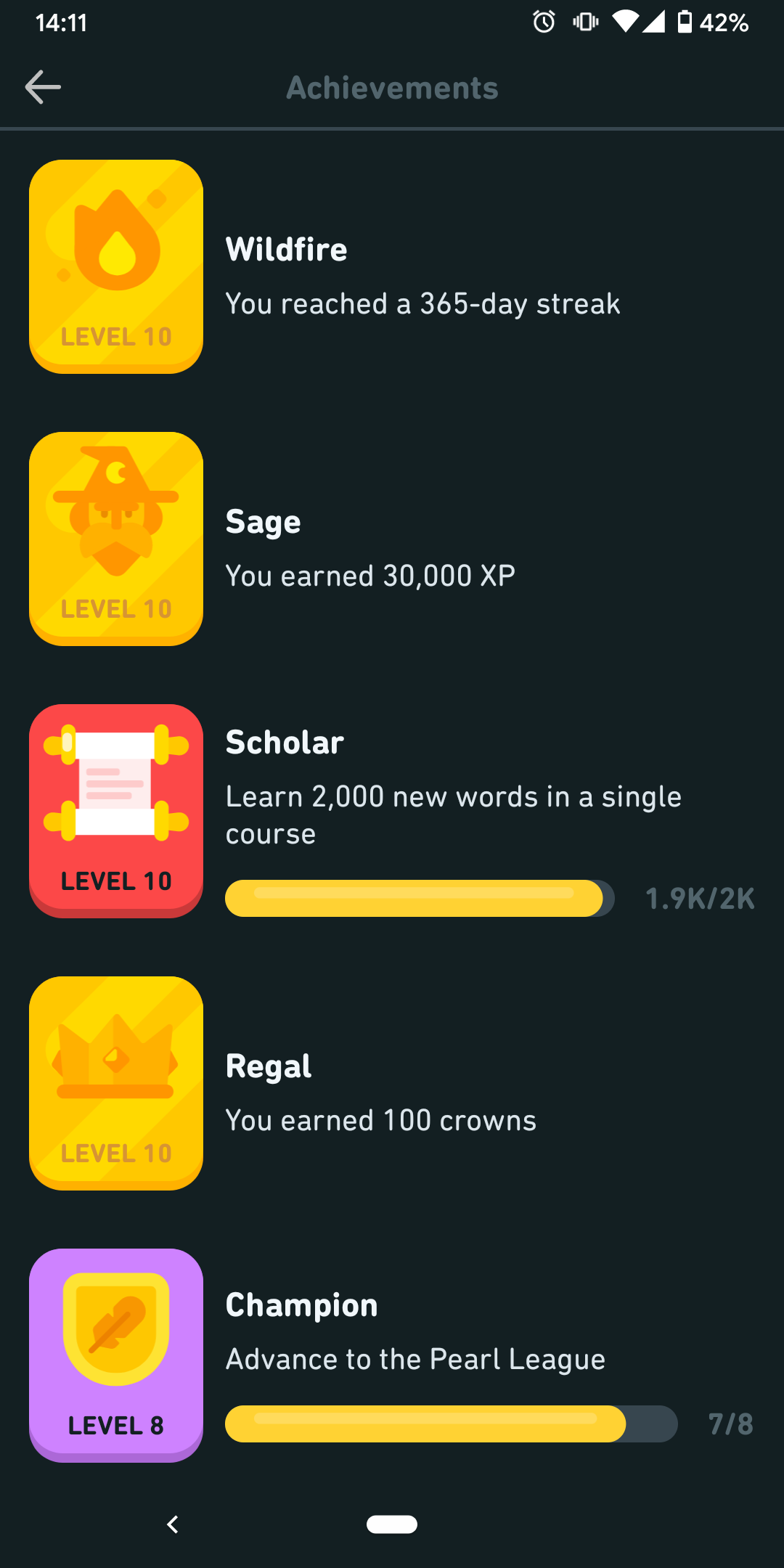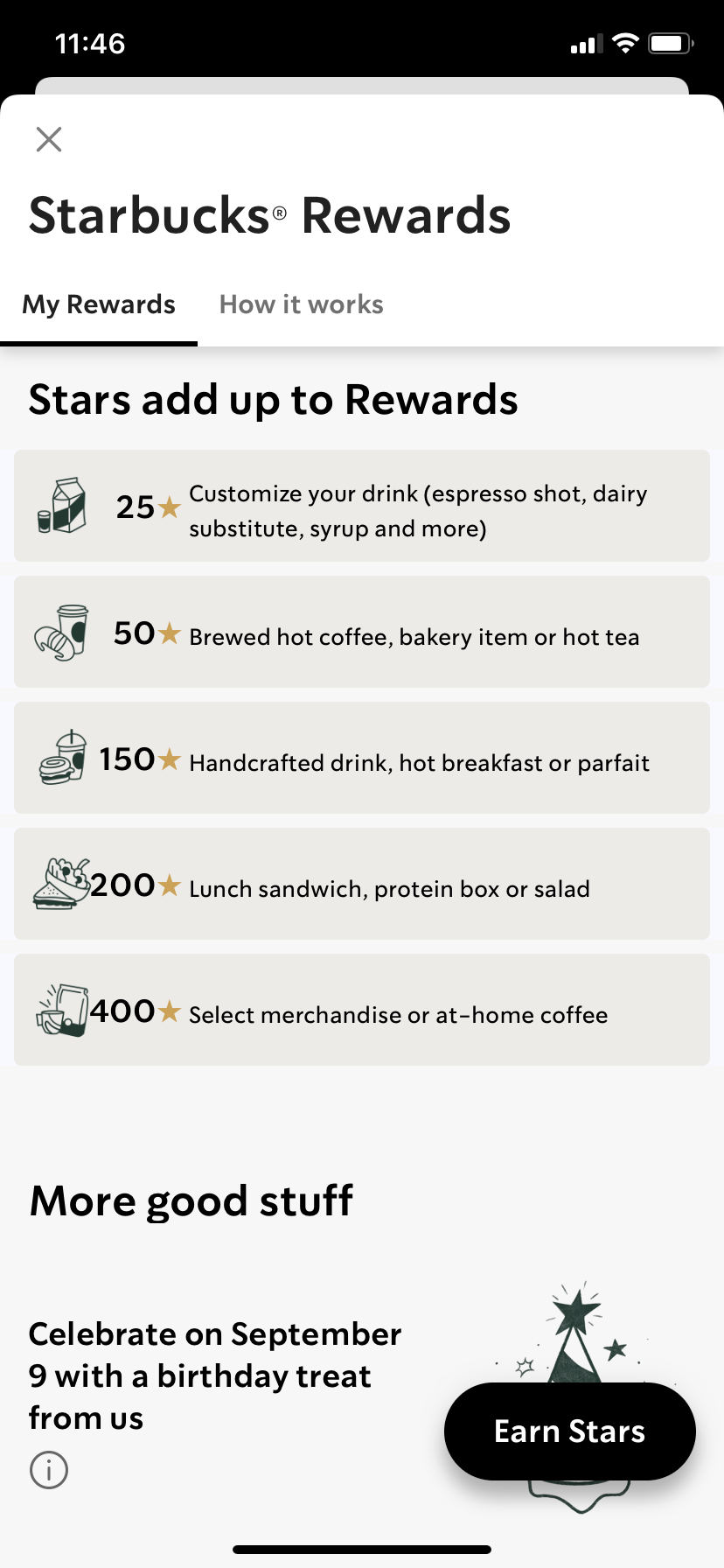How to enhance user engagement through gamification
High stakes in the palm of your hand
The competition for audience engagement in a world of short attention spans is no longer limited to our online and social browsing habits. The playing field has expanded to the plethora of apps on our devices.
Did you know that we have about 80 apps on our phone, check our phones every 5 minutes and that 88% of our mobile time is spent in-app? Apps are expected to generate over $935bn in revenue in 2023 and digital tech companies are facing a major challenge to keep innovating. It’s simply not enough anymore to get users to download an app, advantage is built by getting them to open and use their apps so often that it becomes second nature.
Gamification can help with this, so if you’re keen to improve user experience and engagement for your product or service, here’s a handy cheat-sheet to get you started.
A primer on gamification
The term refers to the use of game mechanics, elements and rules, in products, services or experiences which are not necessarily games. Its popularity has skyrocketed in the last decade, with forward-thinking brands exploring how to leverage the best tactics from the world of gaming to help them increase engagement and spend from users. It’s not an obscure art - gamification can be found in avatars, progress bars or prompts to take the next best action. From banking to fitness and language learning, gamification is being widely used by brands to capture users’ attention.
How does it work? The science behind it
Gamification principles work outside of a game environment because they’re based on behavioural psychology: our human need for control, our appreciation of positive reinforcement and our appetite for social competition. We naturally choose short-term rewards over long-term efforts, especially when we’re time-poor and our attention span is limited. At a physiological level, gamification tactics trigger a dopamine release in the brain, making us feel better about ourselves and our abilities, supporting emotional investment and keeping us engaged.
The key principles to follow
If you want to introduce gamification principles to a project (whether it is already live or in development), it doesn’t have to be complicated. It’s based on three key principles: Objectives, Rewards and Competition.
Set objectives for the user to create easily achievable checkpoints that follow a clear order and create a seamless narrative, or journey. When a user successfully completes a goal, a reward encourages them to continue on the journey. Competition taps into human instinct and compels us to keep going in a bid to improve ourselves or overtake others.
Three easy ways to experiment with gamification
There are countless gamification tactics worth exploring, including empowering the user as the hero, offering instant feedback, or encouraging users to socialise their achievements, but if you’d like to start by dipping your toes in with simple gamification principles, this is where to start:
Start storytelling
The use of narrative (both visual and tonal) can create a sense of purpose and direction for the user. It hooks them with a “why” and helps build an emotional connection. Most people respond better in a relationship where they understand where they stand and what they are working towards, especially if it’s something meaningful.
Turn more complex scenarios into bite-sized tasks
Set simple tasks that are easy to understand, to measure and to achieve, to create a sense of structure. Offering clearly defined goals and rewards will motivate them to act by helping them clearly understand what they need to do and where to go next.
Play the reward game
Allow the user to feel in control and create momentum by unlocking rewards when they complete tasks. This is an excellent motivator and will encourage users to stay the course. Explore positive reinforcement messaging, or collectable badges.
There are countless gamification tactics worth exploring. These are just a few, but others include empowering the user as the hero, offering instant feedback, or encouraging users to socialise their achievements.
Where is gamification relevant?
Gamification can be used everywhere, from improving an onboarding journey, to setting up an internal training initiative, or planning a big digital campaign.
Would you like to explore how you could use gamification to enhance your team, user or customer experience? Drop me a line on Linkedin or get in touch with our team, we’re always happy to chat about your challenges and explore ways we can help.








